There was a time when the quality of a restaurant wine list was judged primarily by the number of countries and regions represented, and therefore the larger the wine list, the better the rating. I recall lists that were encyclopedic in stature that went on for pages and pages, invariably starting with the classic regions of France - Champagne, Bordeaux, Burgundy, Rhone etc. and ending with a smattering of "New World" offerings that were added as an afterthought.
The days when a restaurant can afford to maintain an inventory of that size have long been over and the best lists in my view, are the ones that work on a "less is more" philosophy where the skill lies in creating a selection based more on stylistic considerations than trying to encompass every region of the wine world.
Recently I have seen some excellent examples of short lists that exemplify brevity in creative ways. A hotel restaurant I visited in Chicagoland has an all-American list that breaks out of the mold of offering only Napa cabs and chardonnays. The list is divided into sections based on styles and grape varieties and states such as Virginia, New York, Michigan, Arizona and New Mexico are included alongside the usual representations of California, Oregon and Washington. Cabernet Sauvignons are intermingled with Bordeaux blends and Meritage blends within a section called "Powerful Reds", and there is a delightful section of "Alsace grapes" within the whites, representing wines made from the likes of Pinot Gris, Gewurtztraminer, Riesling, Muscat, and Pinot Blanc. There are recommendations for which styles pair best with certain items on the menu and a large number are available by the glass or 500ml carafe (2/3 of a bottle, which is a very good size for a couple wanting a little more than a glass each but not needing a whole bottle). This method of presenting wines to the consumer does a wonderful job of combining the familiarity of grapes and styles with a modern and accessible way of encouraging experimentation. And the whole list is but a few pages long.
There is really no excuse for a wine list to ever be out of date these days, with the ability to print beautiful full color pages on word processors and desktop publishing programs from any computer. Restaurants can keep their lists fresh and vibrant by frequently changing the selections, perhaps buying small quantities and gauging customer reaction before committing to purchasing more. Restaurant managers and sommeliers can experiment with different ways to present the wines and engage the customer by requesting feedback. They can monitor what sells and encourage experimentation by offering a large selection of wine by the glass. The best wines are not always the most expensive, a fact that consumers and restaurateurs are becoming more aware of in these hard economic times.
Wine lists should be accessible, informative and fun to read. If they have a focused theme, so much the better as nobody has the time or inclination to wade through 100 pages, and few of us are impressed by the gargantuan choices of yesteryear. Before going to a restaurant, check out their wine list online. Small lists are actually harder to put together than long ones. If there is a fairly short, well thought out selection that is presented intelligently, it means the restaurant truly cares about its wines and you won't be disappointed.


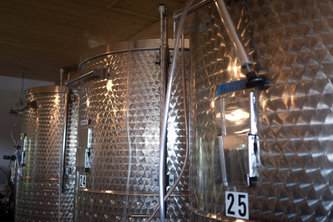


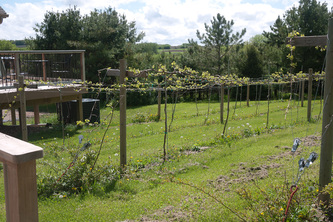
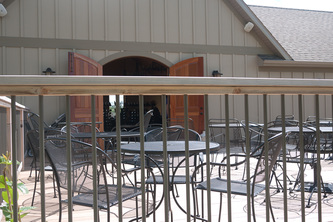



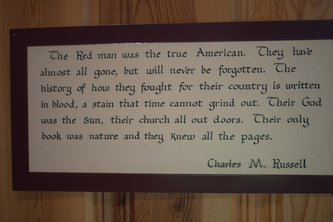



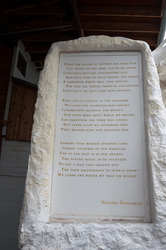
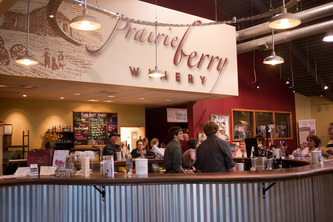
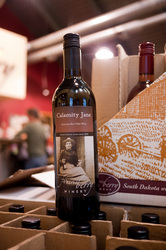
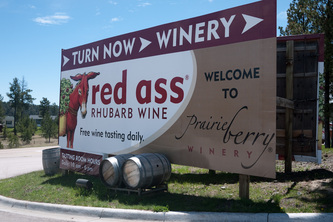

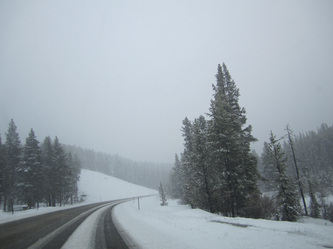





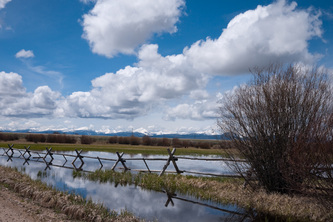


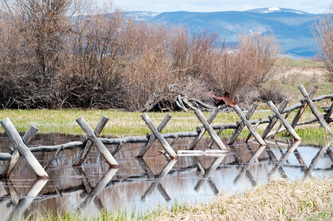





 RSS Feed
RSS Feed
